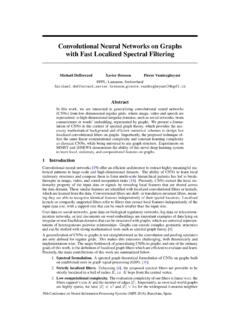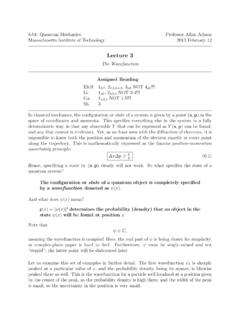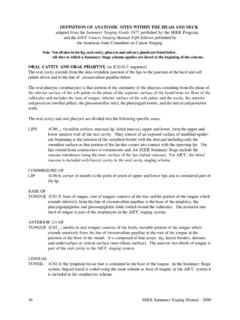Transcription of Ebola outbreak: the Epidemiologic Triangle informational …
1 Ebola outbreak : the Epidemiologic Triangle informational text What is Epidemiology? Epidemiology is the study of the distribution and determinants of health problems in specified populations and the application of that information to control health problems. In other words, epidemiology is the study of health problems specifically who they affect, what factors play a role in getting a disease and how to contain it. It is the scientific method of problem-solving used by "disease detectives," which includes epidemiologists, laboratory scientists, statisticians, physicians and other health care providers, and public health professionals.
2 These professionals work to get to the root of health problems in a community, solving issues that range from a measles outbreak on a small college campus to a global influenza pandemic, an increase in homicide in a single community to a national surge in violence, or a localized to widespread rise in cancer. Like investigators at the scene of a crime, disease detectives begin by looking for clues. They systematically gather information about what happened, asking questions like: who is sick? What are their symptoms? When did they get sick?
3 Where could they have been exposed to the illness? Using statistical analysis, investigators study the answers to these questions to find out how a particular health problem entered a community. The Epidemiologic Triangle The Epidemiologic Triangle is a model that scientists have developed for studying health problems, specifically to understand infectious diseases and how they spread. The Triangle has three corners (called vertices): 1. Agent, or microbe that causes the disease (the what of the Triangle ) 2.
4 Host, or organism harboring the disease (the who of the Triangle ) 3. Environment, or those external factors that cause or allow disease transmission (the where of the Triangle ) An outbreak or an epidemic exists when there are more cases of a particular disease than expected in a given area, or among a specific group of people, over a particular period of time. Another other term you might come across is endemic, meaning that a population has a high level of the disease all the time. The mission of an epidemiologist is to break at least one of the sides of the Triangle , disrupting the connection between the environment, the host, and the agent, and stopping the continuation of disease.
5 Here are more details on the parts of the Epidemiologic Triangle : Vertex 1. The Agent What The agent is the cause of the disease. When studying the epidemiology of most infectious diseases, the agent is a microbe (an organism too small to be seen with the naked eye). Disease-causing microbes are bacteria, virus, fungi, and protozoa (a type of parasite). They are what most people call germs. Virus: A virus may have a spiny outside layer called the envelope. Viruses have a core of genetic material, but no way to reproduce it on their own.
6 Viruses infect cells and take over their reproductive machinery to reproduce. Vertex 2. The Host Who Hosts are organisms, usually humans or animals, which are exposed to and harbor a disease. The host can be the organism that gets sick as well as any animal carrier (including insects and worms) that may or may not get sick. Although the host may or may not know it has the disease or have any outward signs of illness, the disease lodges inside the host. The host heading also includes symptoms of the disease. Different people may have different reactions to the same agent.
7 For example, adults infected with the virus varicella (chickenpox) are more likely than children to develop serious complications. Vertex 3. The Environment Where The environment is the favorable surroundings and conditions external to the host that cause or allow the disease to be transmitted. Some diseases live best in dirty water. Others survive in human blood. Still others, like E. coli, thrive in warm temperatures but are killed by high heat. Other environmental factors include the season of the year ( in the , the peak of the flu season is between November and March).
8 Questions Can you think of examples for each of the sides of the Triangle ? List them in the space below Agent Host Environment Source: The Center for Disease Control and Prevention















